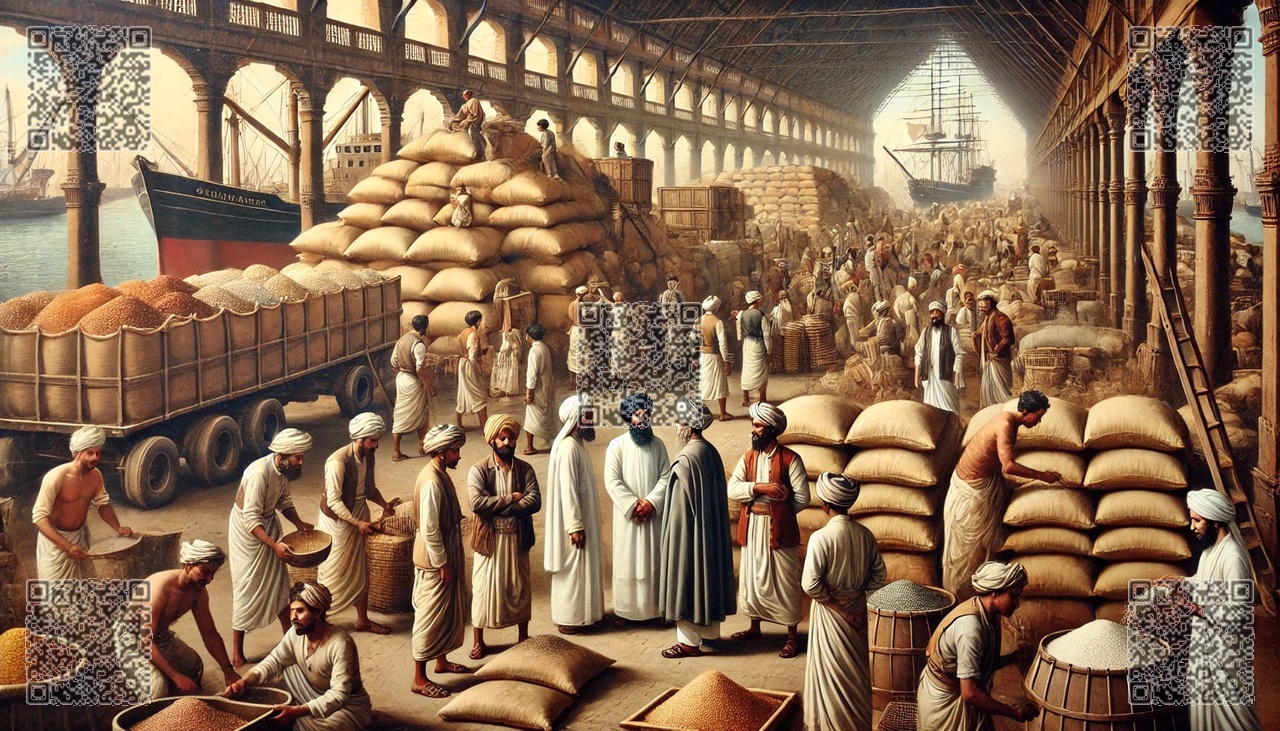
Kochu Kunju Channar III, a prominent figure in the history of Travancore, not only distinguished himself as a social reformer and community leader but also as a shrewd financial strategist who built an impressive financial empire. His wealth, investments, and management of resources were unparalleled among the Ezhava community, establishing the Alummoottil family as a symbol of prosperity and progress. This article delves into the financial strategies, assets, and controversies that defined Kochu Kunju Channar’s economic legacy.
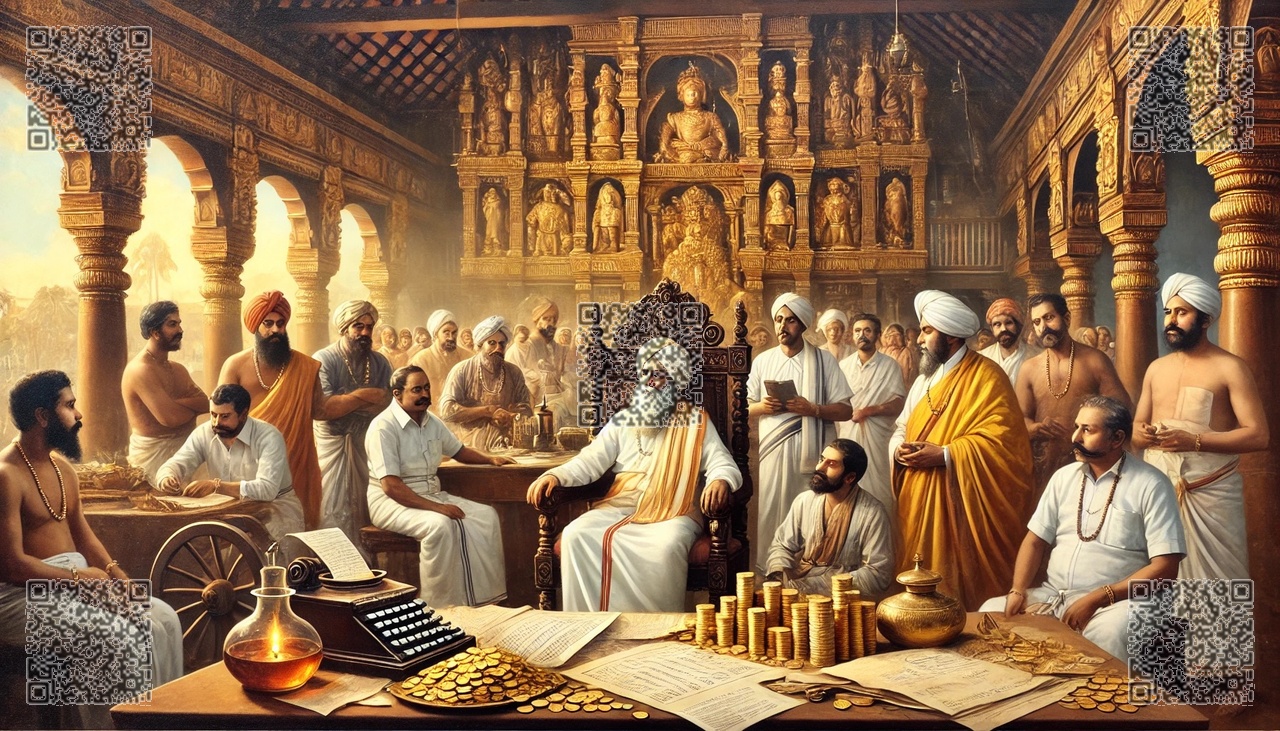
Foundations of Wealth
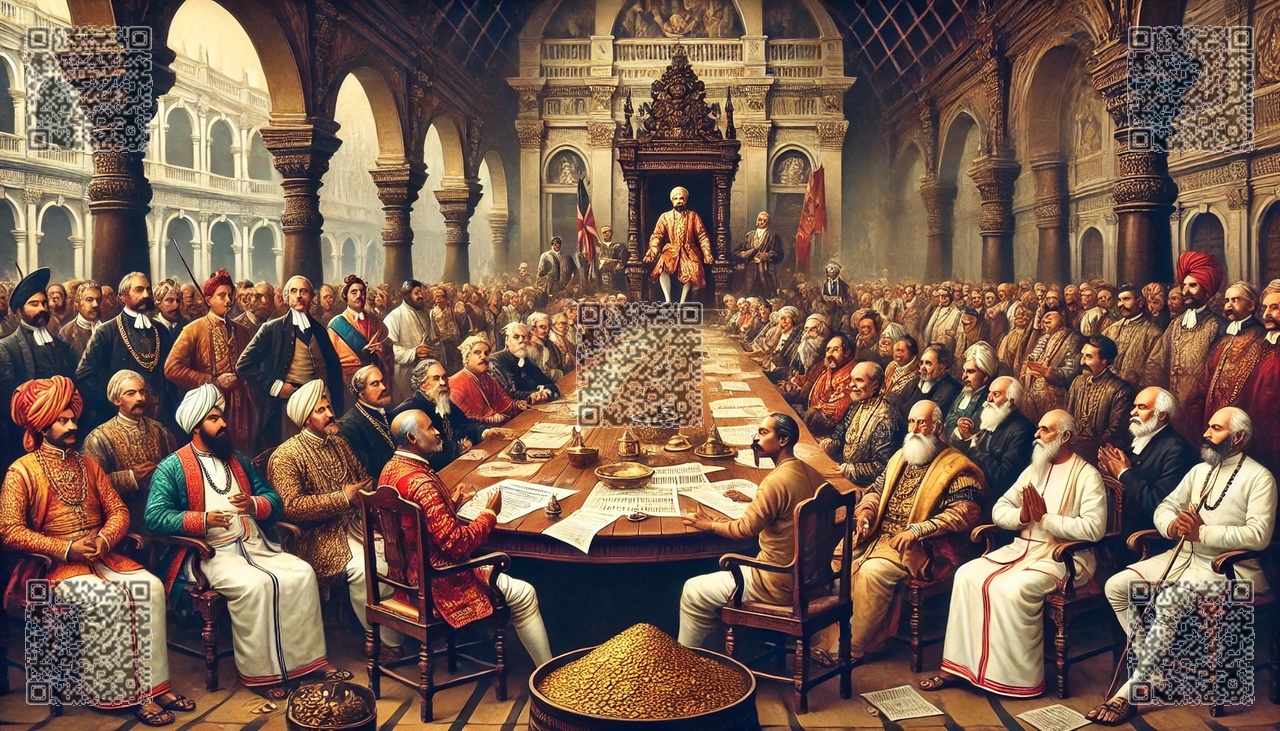
The Alummoottil Legacy
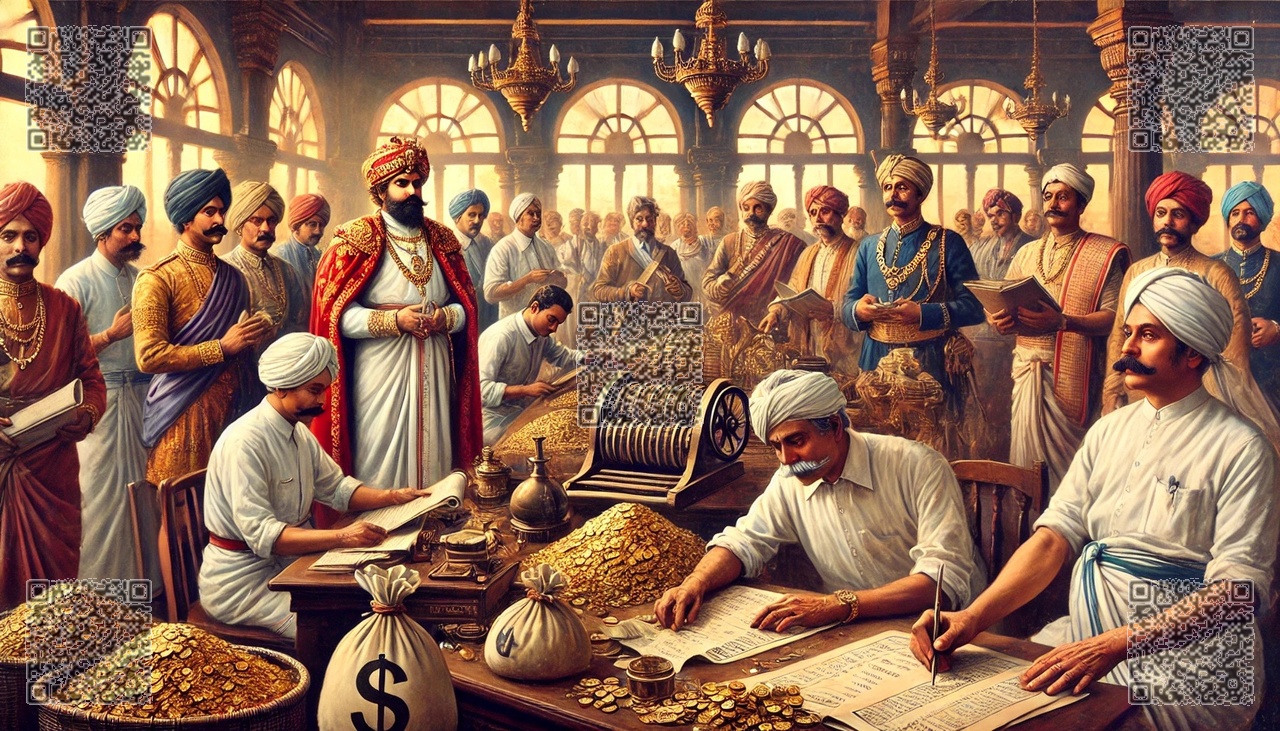
The Alummoottil family, to which Kochu Kunju Channar III belonged, was historically known for its wealth and influence in the Karthikappally Taluk of Travancore. The family’s economic foundations were laid through extensive agricultural holdings, trade, and traditional enterprises. By the time Kochu Kunju assumed leadership, the family’s assets included vast tracts of land, commercial ventures, and investments in trade.
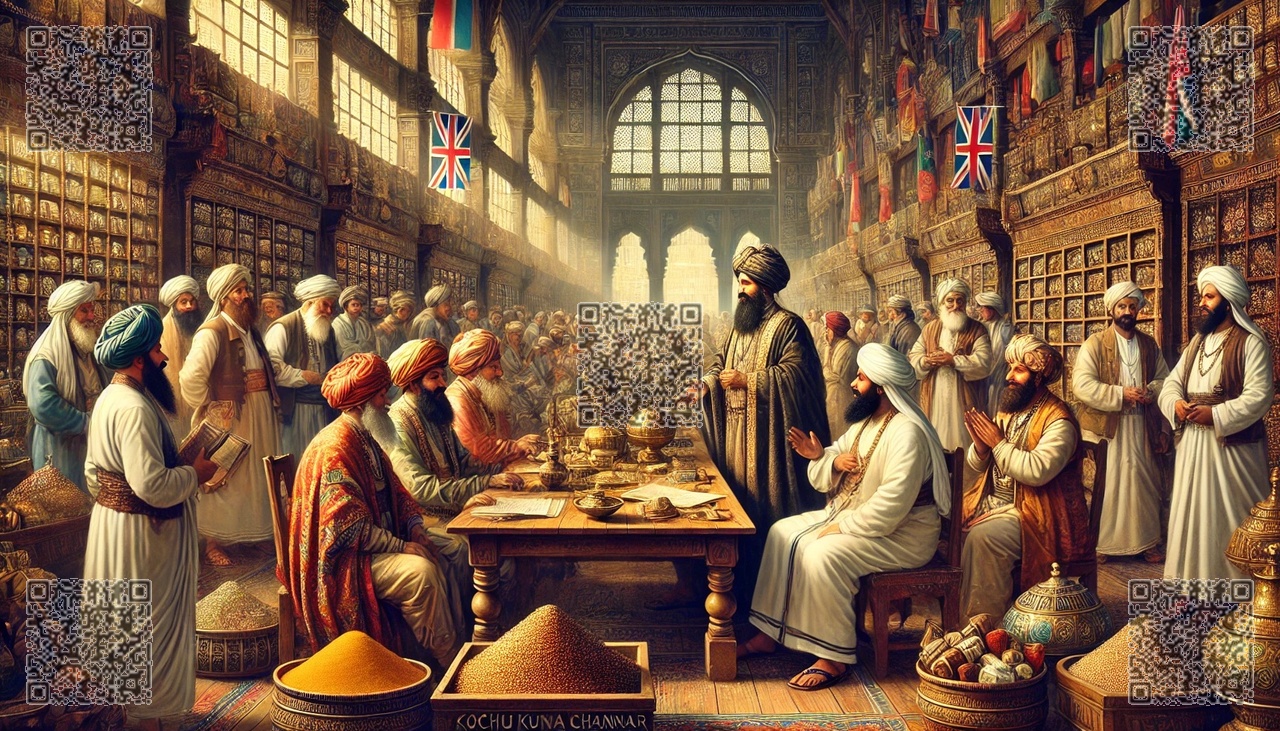
Kochu Kunju inherited not only the wealth but also the responsibility to manage and grow the family’s financial portfolio. His acumen for identifying opportunities and navigating challenges positioned him as one of the most successful financial minds of his era.
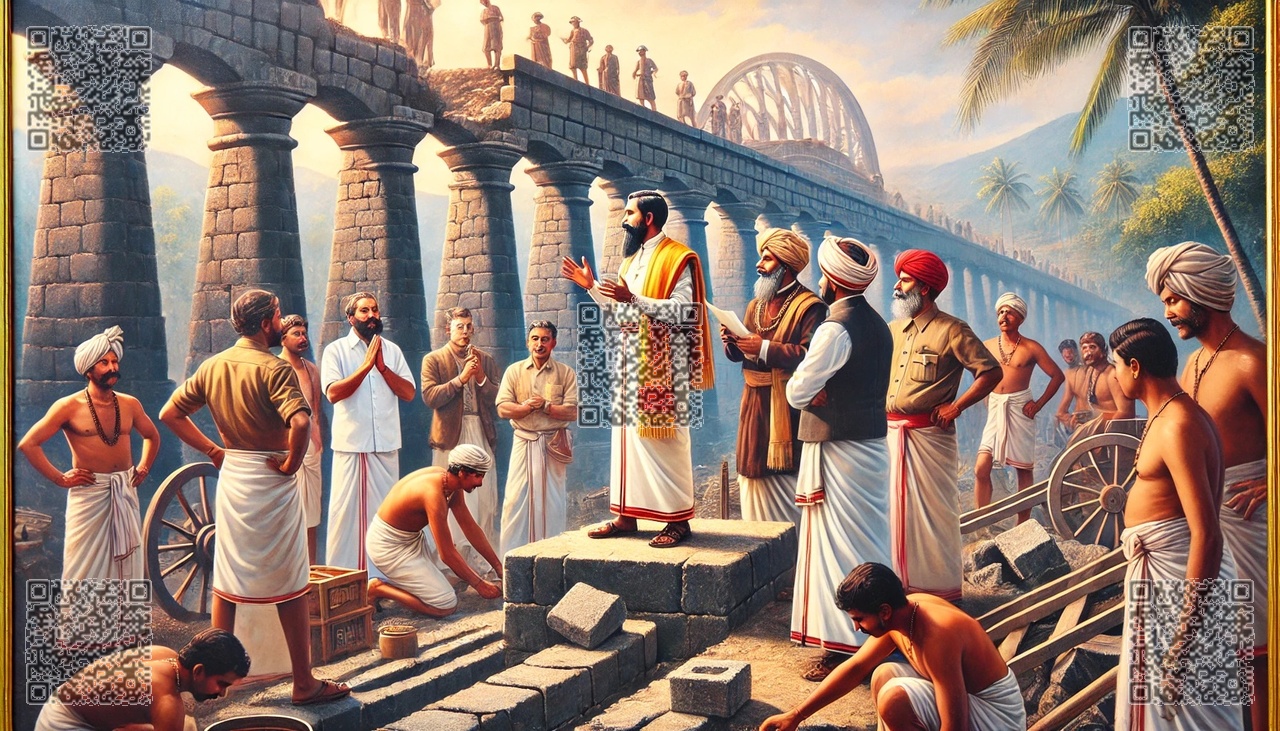
Strategic Investments
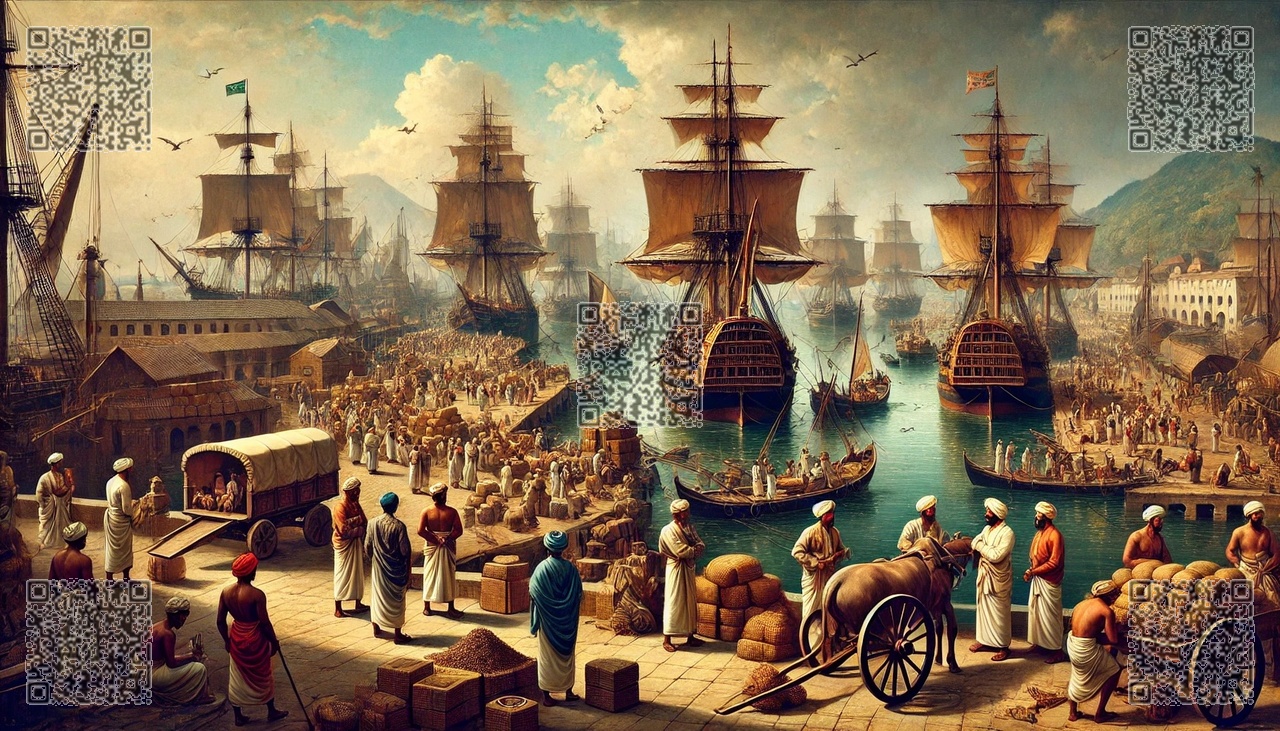
Under Kochu Kunju’s stewardship, the Alummoottil family expanded its financial base through strategic investments in real estate, commercial properties, and modern infrastructure. He foresaw the potential of urbanization and invested in prime locations, particularly in Madras (now Chennai). These investments not only enhanced the family’s wealth but also provided a steady income stream.
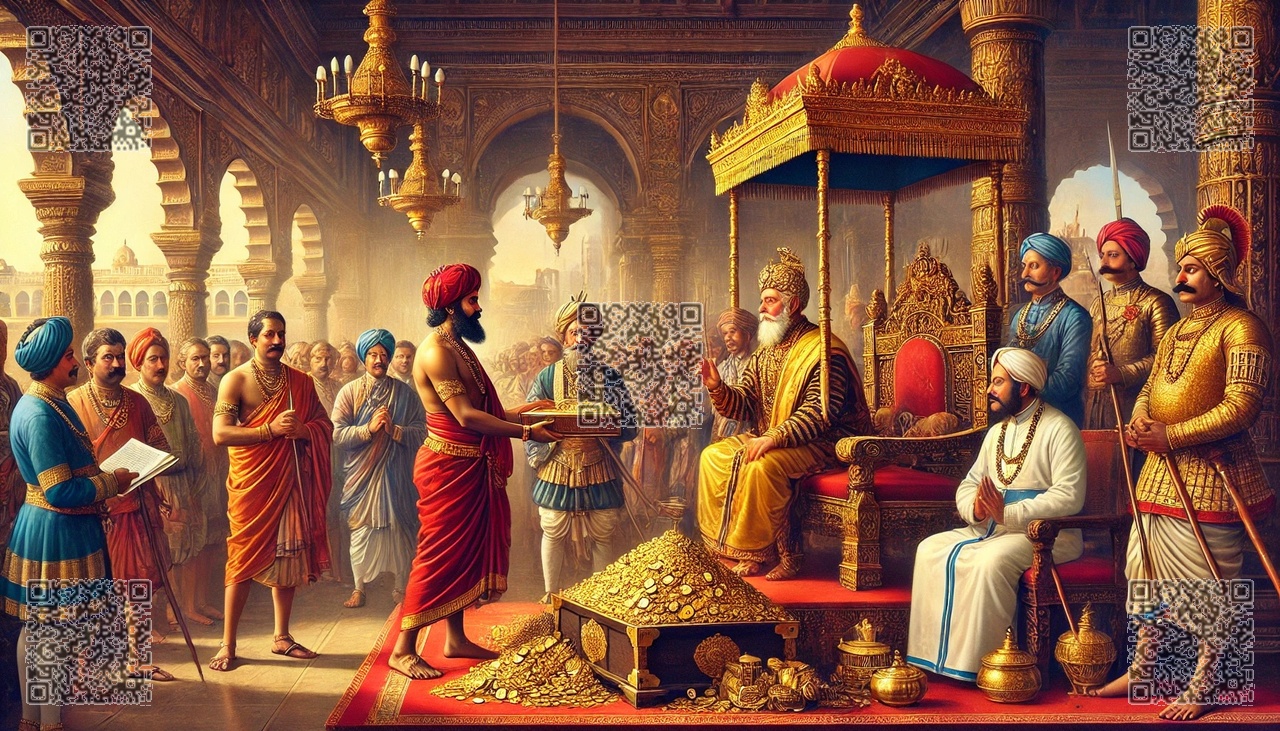
Real Estate and Infrastructure
The Alummoottil Mansion
One of the most notable symbols of Kochu Kunju Channar’s financial success was the construction of the Alummoottil Mansion in 1906. This grand residence, built with meticulous attention to detail, was more than just a home; it was a statement of the family’s social and economic standing. The mansion’s architecture, featuring luxurious interiors and modern amenities, reflected the progressive mindset of its builder.
The mansion also served as a hub for community activities, hosting gatherings, and discussions that advanced the Ezhava reform movement. Its construction was funded through the family’s agricultural earnings and Kochu Kunju’s personal investments.
Properties in Madras
Kochu Kunju’s vision extended beyond the borders of Travancore. Recognizing the economic opportunities in Madras, he acquired significant properties in the heart of the city. One such property, located on Hunter’s Road, became a valuable asset that provided both financial returns and a strategic foothold in a major urban center. These acquisitions demonstrated his understanding of the importance of diversification and urban investment.
Agricultural Enterprises
Landholdings
Agriculture was the cornerstone of the Alummoottil family’s wealth, and Kochu Kunju ensured that these assets were managed efficiently. The family’s landholdings spanned vast areas, producing crops that were both consumed locally and traded regionally. The revenue from these lands formed the backbone of the family’s financial empire.
Innovation in Farming
Kochu Kunju introduced modern agricultural practices to maximize productivity. His initiatives included crop diversification, improved irrigation systems, and the use of advanced tools. These efforts not only increased yields but also provided employment opportunities for the local population, reinforcing the family’s role as a benefactor in the region.
Commercial Ventures
Trade and Commerce
Kochu Kunju’s financial portfolio extended into trade and commerce, particularly in commodities such as spices, textiles, and timber. Travancore’s location as a hub for these goods provided lucrative opportunities, and he leveraged the family’s existing networks to establish profitable trading operations.
Diversification
Understanding the risks associated with relying on a single source of income, Kochu Kunju diversified the family’s commercial ventures. He invested in businesses that catered to the growing demand for modern goods and services, ensuring a balanced and sustainable financial structure.
Financial Management and Challenges
Resource Allocation
Managing the Alummoottil family’s extensive wealth required careful planning and resource allocation. Kochu Kunju’s approach balanced the needs of the family with his broader vision for social reform. He allocated significant funds to community projects, education, and infrastructure development, reflecting his commitment to uplifting the Ezhava community.
Internal Conflicts
Despite his successes, Kochu Kunju’s financial management was not without controversy. His decisions to prioritize certain investments and projects over others led to tensions within the family. Disputes over resource allocation, particularly his use of family wealth for public causes, became a source of friction.
Philanthropy and Community Development
Contributions to Education
Kochu Kunju believed that education was the key to breaking the cycle of poverty and oppression. He funded scholarships for Ezhava students, supported the establishment of schools, and provided financial aid to educational institutions. His contributions ensured that future generations had access to opportunities that were previously out of reach.
Support for Reform Movements
A significant portion of Kochu Kunju’s wealth was directed toward supporting reform movements, including the S.N.D.P. Yogam. His financial backing enabled initiatives such as the Vaikom Satyagraha and the establishment of community organizations that fought for social justice.
Legacy of Financial Stewardship
A Model of Prosperity
Kochu Kunju Channar’s financial empire remains a testament to his vision and acumen. He demonstrated that economic success could be harnessed for the greater good, using wealth as a tool for empowerment and reform.
Lessons for Future Generations
His approach to wealth management—emphasizing diversification, innovation, and social responsibility—provides valuable lessons for future generations. Kochu Kunju’s legacy continues to inspire those who seek to balance personal success with community welfare.
Conclusion
The financial empire of Kochu Kunju Channar III was more than a collection of assets; it was a reflection of his ideals, ambitions, and commitment to progress. Through strategic investments, efficient management, and a dedication to philanthropy, he transformed the Alummoottil family into a symbol of prosperity and hope for the Ezhava community. His story serves as a powerful reminder of the potential for wealth to drive meaningful change in society.



